An 8th Century Temple Celebrating Moss
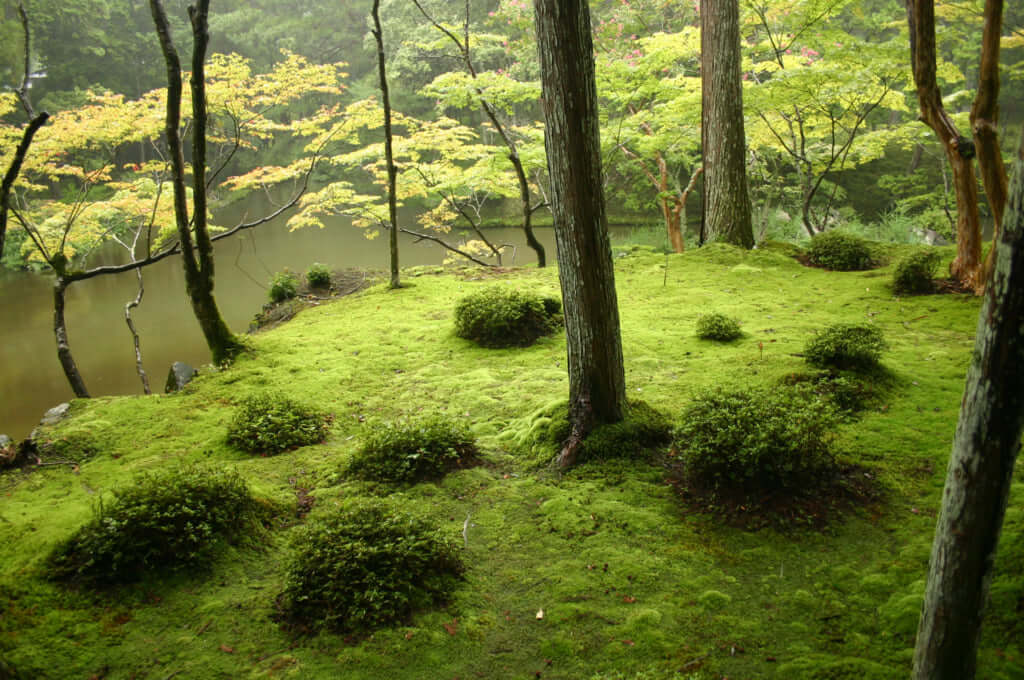
©Ivanoff
Wandering among the lichen-covered trees and moss-covered flower beds of the Saiho-ji Temple, is somehow reminiscent of a Miyazaki film. With a feeling of timelessness, nature orchestrates a sublime display of chiaroscuro, with the sun’s rays subtly illuminating the fluffy moss between the dense foliage of maples and bamboos.
The Saiho-ji Temple, built in the 8th century, is located west of Kyoto City. Nicknamed also Kokedera, literally, temple of moss, it contains more than 120 species of the plant appearing in various colours over the seasons. The greenery is set against the gentle sound of the water burbling across the site, before reaching the pond, located in the middle of the garden, representing the heart.
In the upper part of the temple there is also a Zen garden, where a composition of rocks recreates the shape of a waterfall. This arrangement is considered the first example of a dry garden in Japan.
A Unesco heritage site
Before entering the heart of this UNESCO World Heritage Site, visitors are invited to participate in a Buddhist ceremony during which the monks recite a prayer. Meanwhile, each visitor must copy the calligraphy of a sutra into kanji; an almost meditative moment that epitomises the special atmosphere of the Saiho-ji temple.
In order to protect the mosses that had been somewhat damaged by too many visitors, the managers at Saiho-ji have since put in place various procedures to continue to welcome visitors, while preserving the health of centuries-old mosses.
A ritualised visit
Here things are more ceremonial than administrative. There are no contact forms or email reservations. To enter Saiho-ji, it is necessary to deploy your most beautiful handwriting and start writing a handwritten letter, in English, to ask permission to visit. The temple has a template available on its website.
The letter, preferably sent two months before arrival, must include the names of the persons taking part in the visit and desired dates. To up your chances, it is best to suggest several dates, as the temple has drastically reduced its visitor numbers over recent years.
The next step is to wait, you should receive a response a few weeks later with a coupon with the date and time of visit attributed by the temple. Be warned, admissions can not be delayed, if you are not present at the exact time, your visit may well be denied.
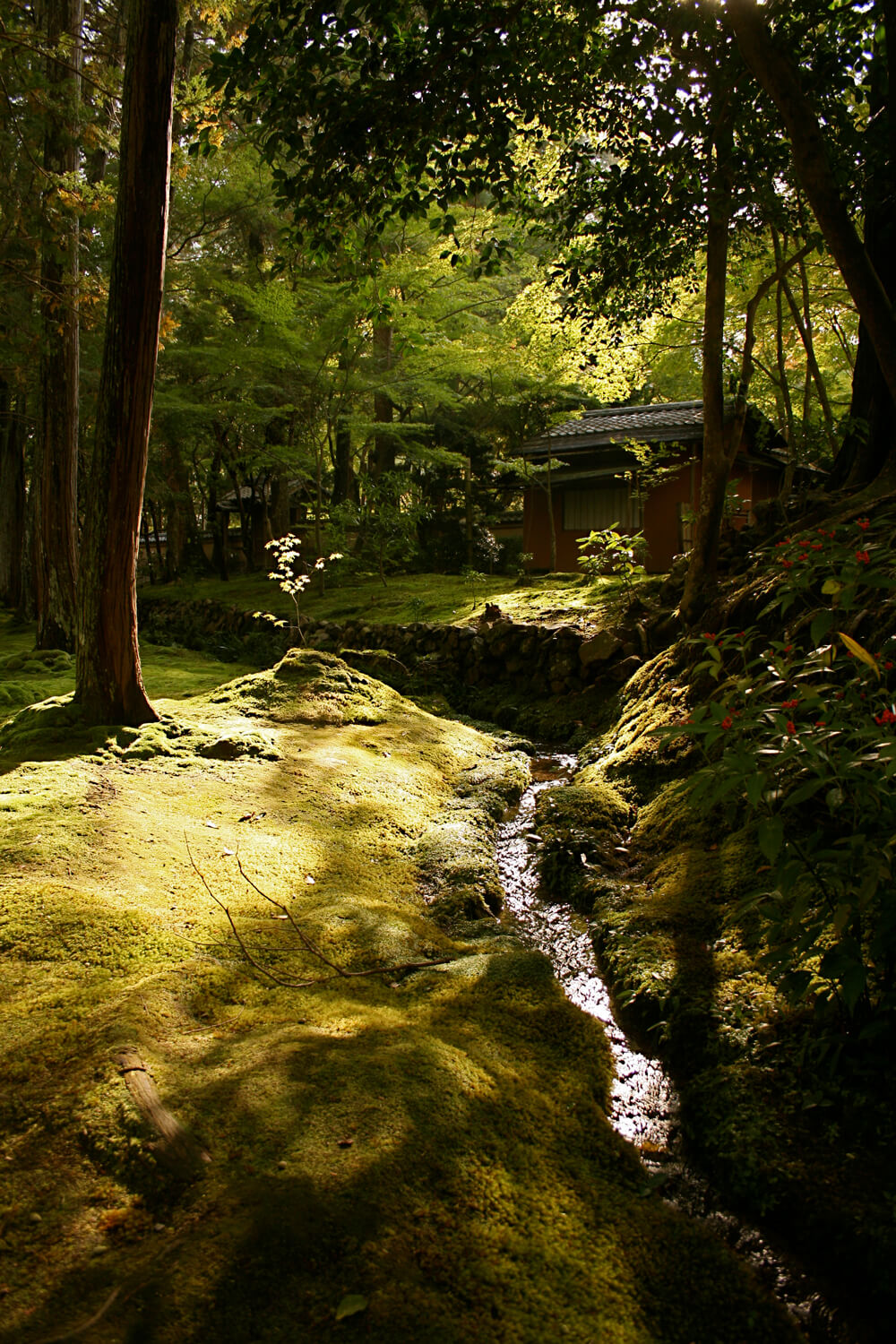
©Akuppa John Wigham
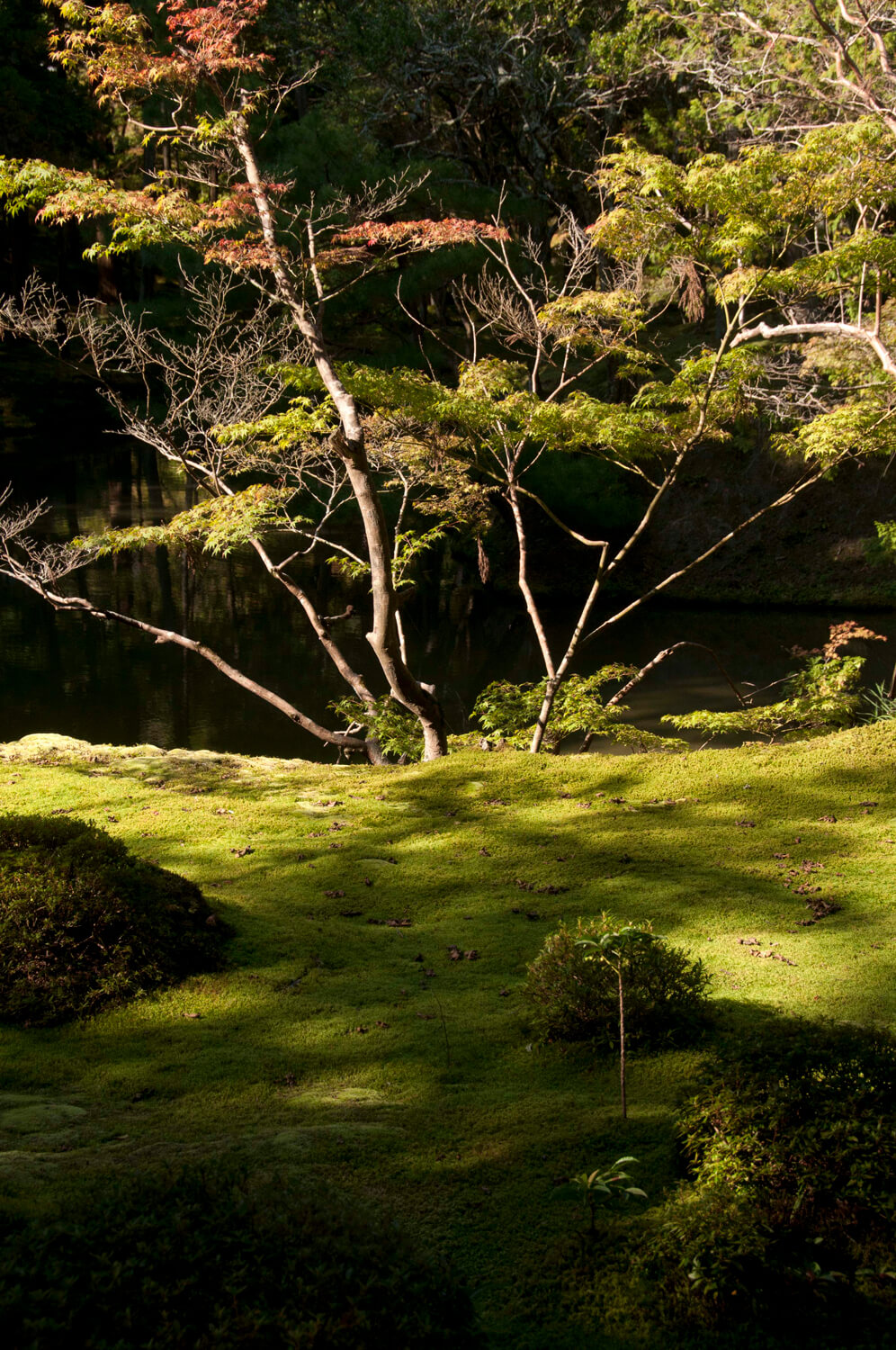
©Bryan Ledgard
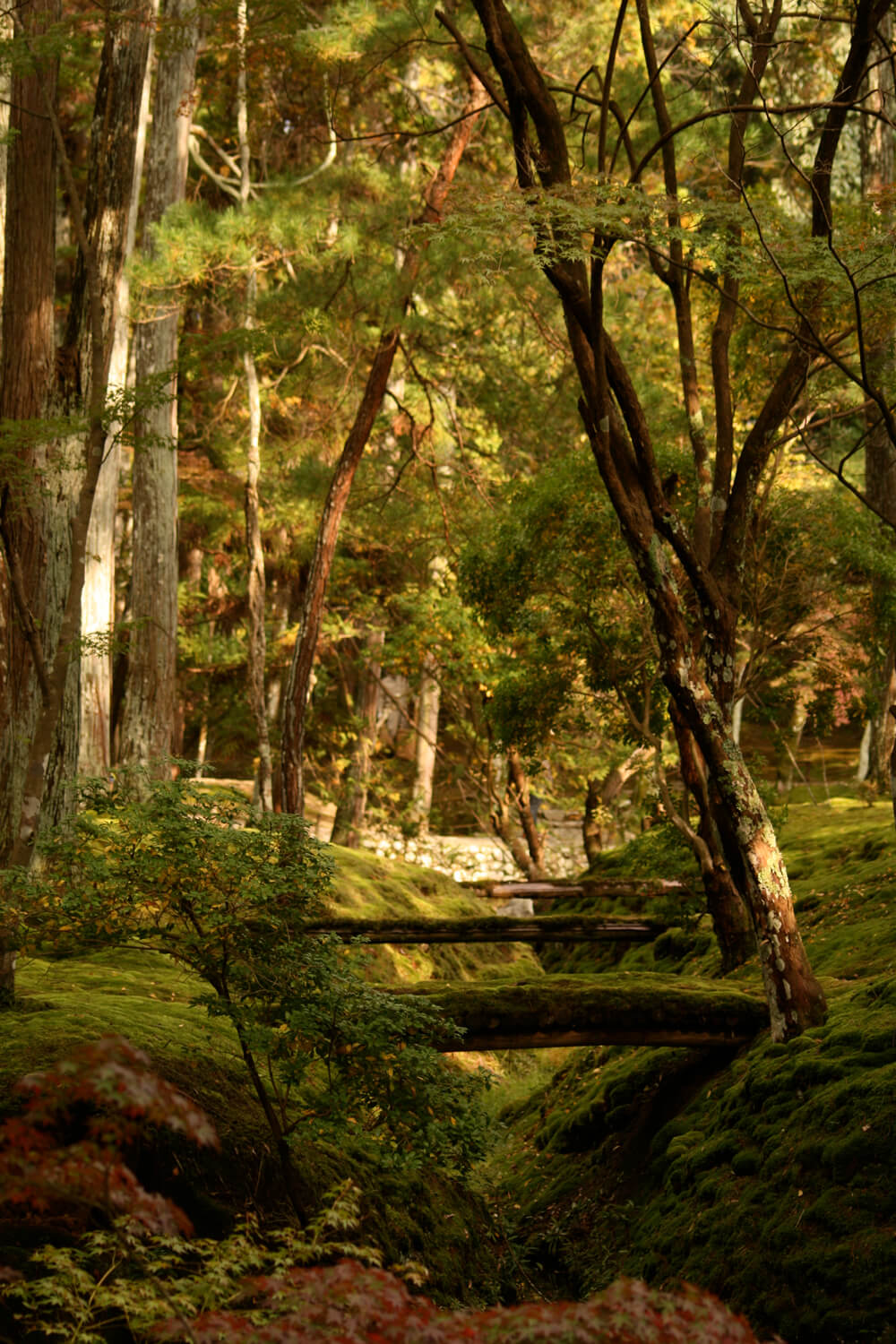
©Akuppa John Wigham
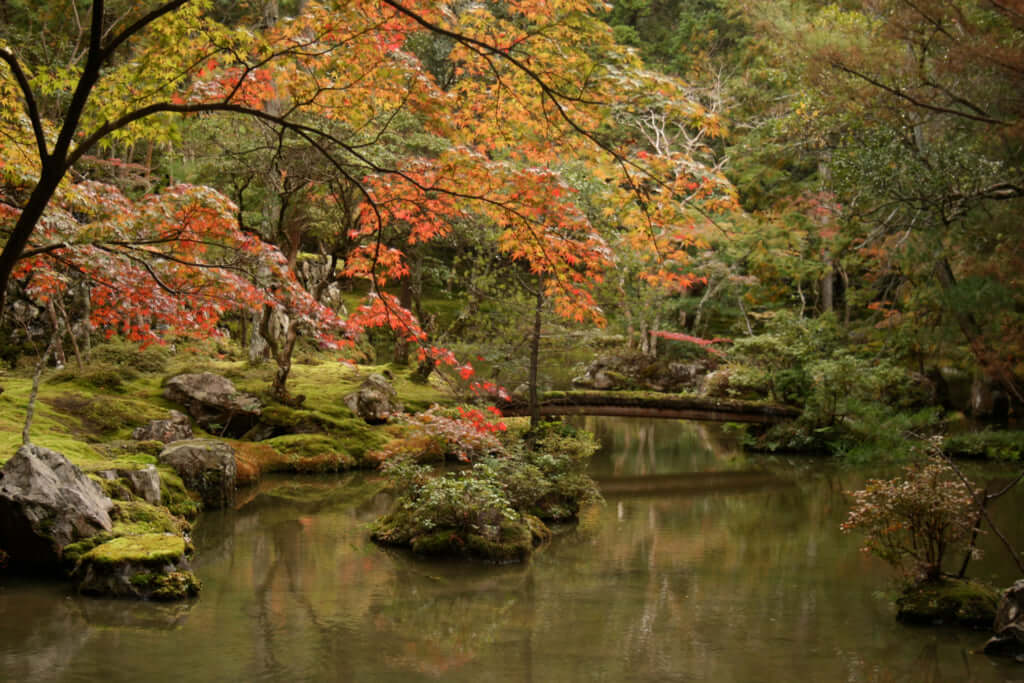
©Akuppa John Wigham
TRENDING
-
Yakumo Saryo: A Culinary Voyage in Tokyo
Shinichiro Ogata makes objects from glass, ceramics and bronze but is also a fantastic cook. Have a taste of both his talents at restaurant Yakumo Saryo.

-
WA BI GIN : (An Old) Affair of Passion
The Japanese distillery Hombo Shuzo, first known for their shoshu, decided to launch itself into artisanal production of gin. Thus, WA BI GIN was born.

-
Gome Pit, the Pop-Up Bar in a Waste Treatment Facility
Japan never ceases to surprise. Gome Pit is a pop-up bar with an unobstructed view over a pit where tonnes of waste are piled up before being incinerated.

-
A Japanese Tea Room Perched Atop a Rooftop
The building, in keeping with the minimalist style of its creator, offers a splendid view of Vancouver Bay and the surrounding mountains.

-
Discover Japanese Gastronomy Through The Solitary Gourmet Manga
This illustrated black and white album follows its lead through various bars, celebrating the Japanese art of living.





